
Today was pandemonium at Boudhanath in Kathmandu. Thousands of people from all over Nepal came to pay their respects to the stupa. Countless prayer groups, butter lamps, family tents, hundreds of lamas, and thousands of beggars lined the stupa all around.
Temal Jatra is one of the main festivals of the Tamang community here. Tamang is one of the most important ethnic groups in Nepal. Roughly 6% of Nepalis or 1.5 milion people are of Tamang origin. Ta means horse and Mang means rider or trader. So they were horse people. Tamangs have their own distinct branch of Buddhism, language, culture, customs, rituals and lifestyle. Most Tamang people speak Tamang at home and Nepali in public. Tamang is considered a medium to low caste, and many Tamang people have actually changed their names to avoid stigma.
The festival of Temal Jatra also is an opportunity for families and relatives from all over the country to gather and pay respect to their loved ones who have passed away. They light butter lamps and offer rice to the gods, to help the departed souls find peace, freedom, nirvana, or moksha. Thousands of Tamangs come from all over Nepal to the stupa in Kathmandu to offer butter lamps and to pray. The festival night is marked by singing, dancing and romance.
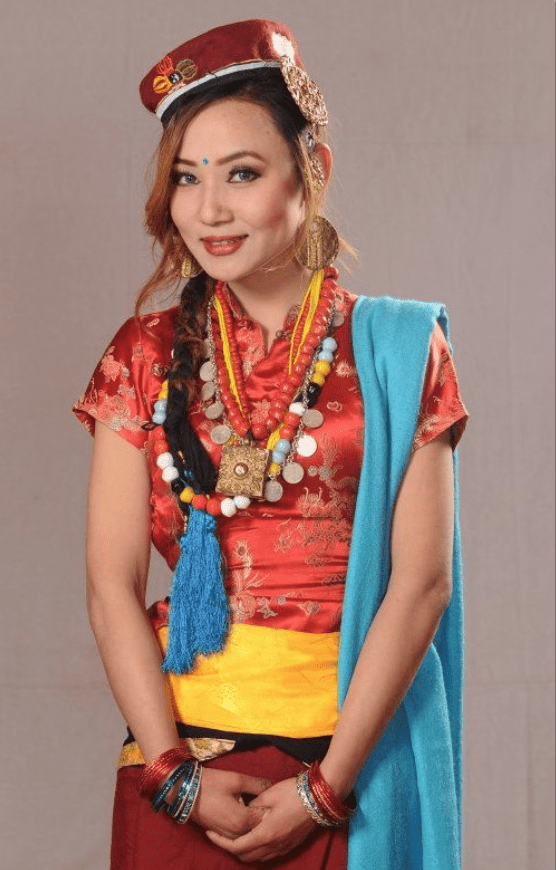 Archeologists have discovered striking similarities between modern Tamang and ancient Mongolian relics. They say the Tamangs were Mongolians that came to Nepal via Tibet. Evidence shows that Mongol Tamangs were already settled in Kathmandu over 30,000 years ago.
Archeologists have discovered striking similarities between modern Tamang and ancient Mongolian relics. They say the Tamangs were Mongolians that came to Nepal via Tibet. Evidence shows that Mongol Tamangs were already settled in Kathmandu over 30,000 years ago.
The Tamang traditional dress is different from other Buddhists, and unlike other groups such as the Tibetans and Sherpas. The Tamang women wear lots of silk, bright colors, and drapy wraps. They often wear coins to adorn the head and neck. I adore their cute flat embroidered hats, and might just buy one if I find them.
The Temal Jatra Festival is celebrated only by the Tamang people. In fact the term “Temal” is almost a synonym of “Tamang”. It usually happens in April, one day before the full moon in the Nepali month of Chaitra. It marks the arrival of the rain, true to a prophecy of the ruler when the Boudha Stupa was constructed, which was a time of terrible drought. He prophesized that when the construction was finished the rains would arrive, and so it was. And the rainy season is coming here – it rains almost every afternoon.
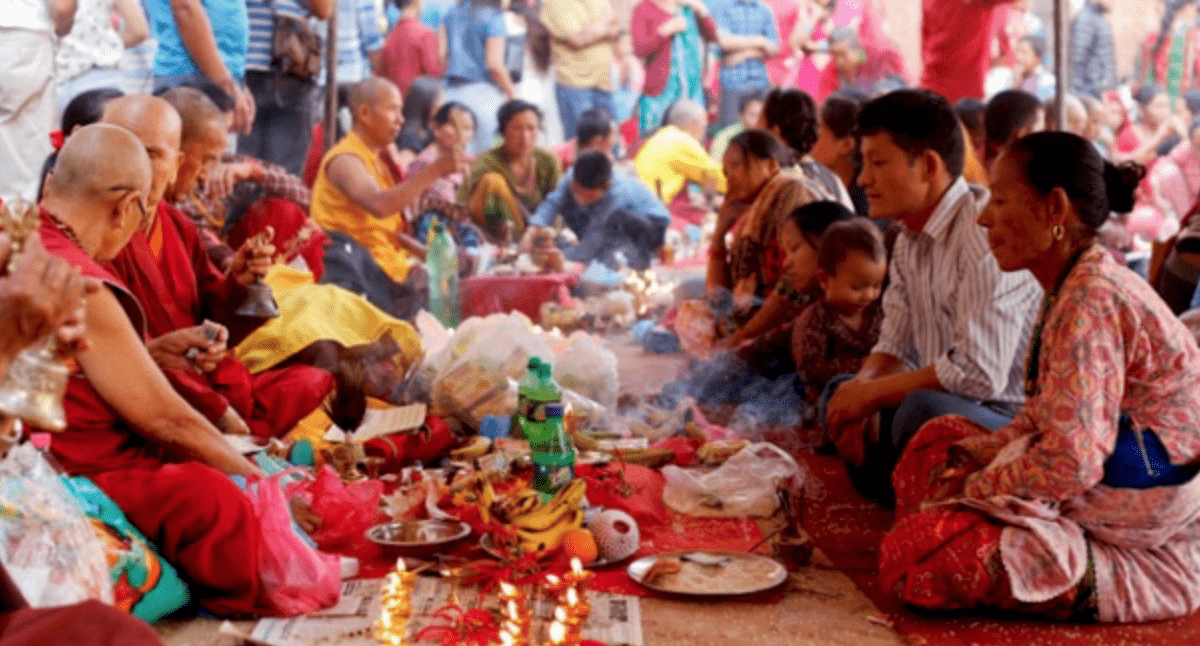
At the end of the rituals, food and drinks are served to the Lamas, relatives and friends.
I literally couldn’t walk around the Boudha today, with so many families, altars, bells ringing, Lamas, children, and beggars. Here’s a taste of the beautiful chaos
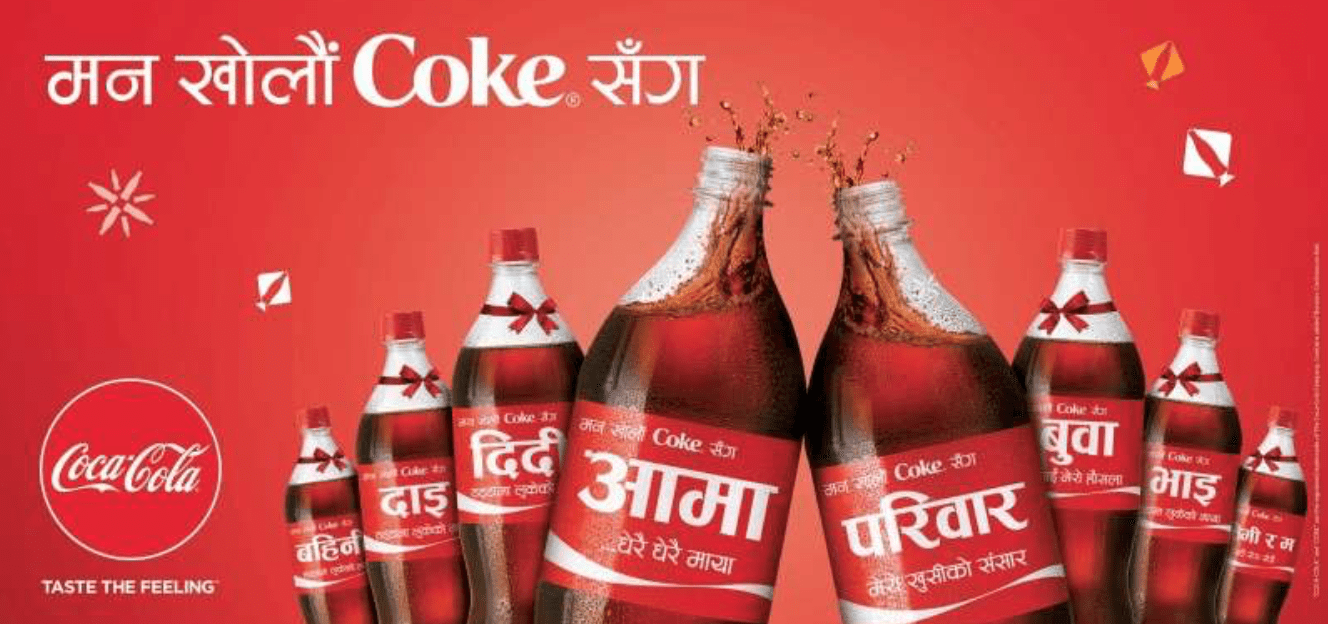
BTW I just need to say that CocaCola is by far the most beloved beverage in Nepal and India. Large corporations have found wide acceptance here in Asia. Other companies like Nestles, Frito Lay, Nike, Tuborg Beer, Apple, Samsung, Skechers, Timberland, Zara, Armani, Gucci, and others are extremely popular, even the cheap knock-offs.
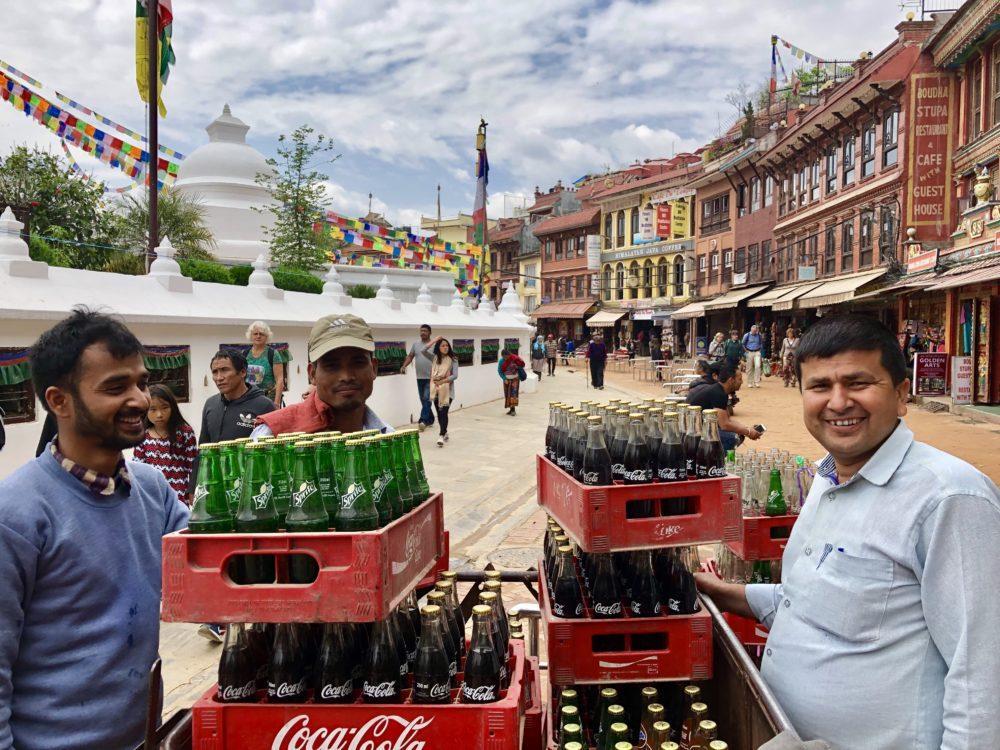
These happy guys smile every day, delivering crates of CocaCola and Sprite (by CocaCola) to stores at the Boudha. In Nepal if you do anyone a favor, they will ask: “What can I do for you? Can I buy you a CocaCola?” Yep.
My five book proposals are almost finished!
I’m working every day to prepare these book proposals for a publisher. It’s very interesting and so much fun for me. I should be finished with the proposals soon. I hope they’ll be successful and help support us in the future. Here are the five projects:
1. “In The Buddha’s Own Words” Oracle Cards.
2. Children’s book “What Did the Buddha Really Say?”
3. Weekly Mindfulness Planner of Buddha Sayings and Images.
4. “TimeSleuth, A Healer’s Journey of Past Lives”.
5. “From the Kingdom of Happiness, The Bhutan Travel Cookbook”.

These are #1, “In The Buddha’s Own Words” Oracle Cards.
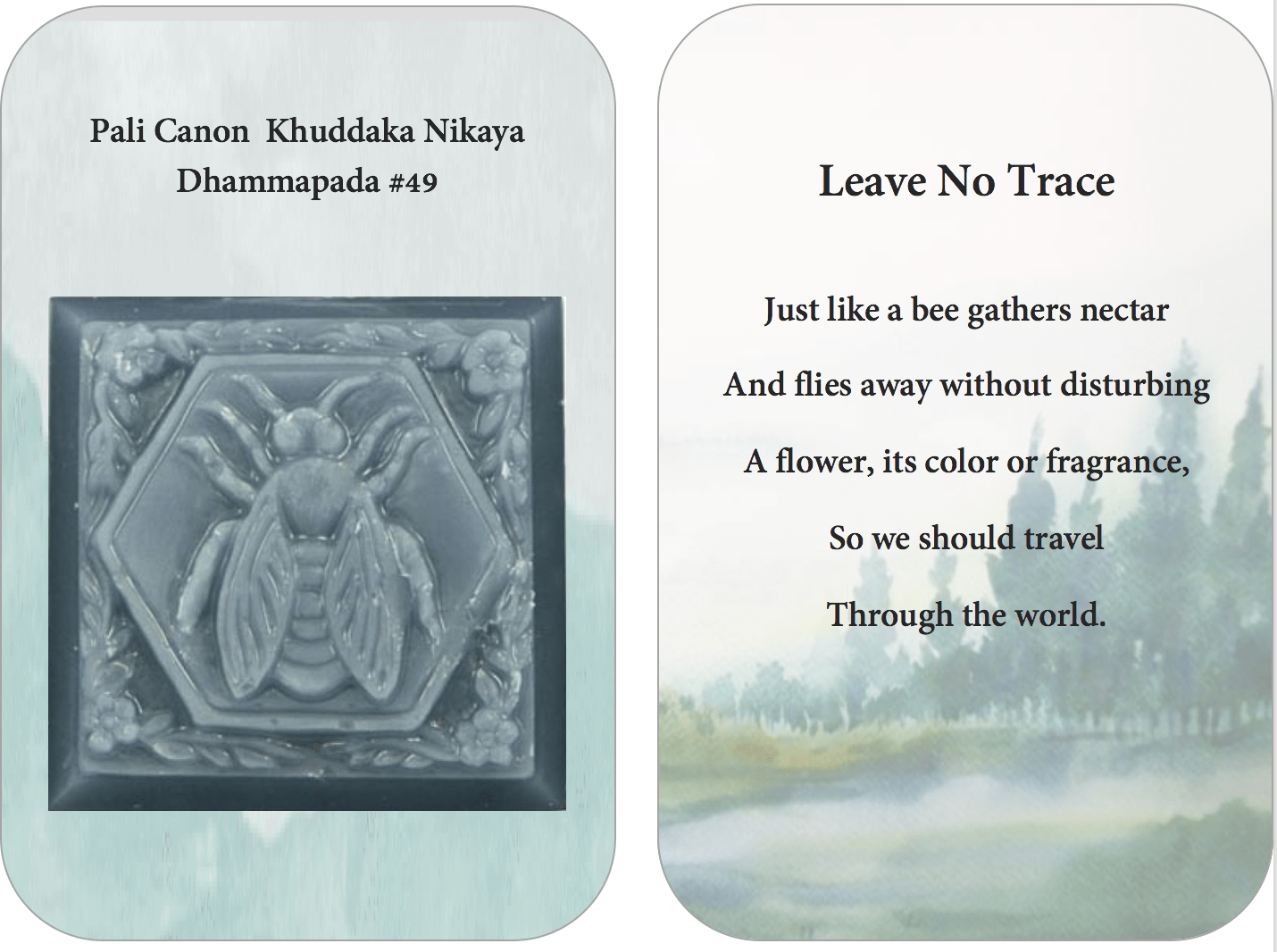
The English translations on the cards are mine, adapted from the top 15 or so translations of the original Buddhist texts, which amazingly I managed to find. The Buddha’s words were first memorized and chanted by his followers for hundreds of years. Then they were finally written down by Sri Lankan monks in the Pali language nearly one thousand years after his death. 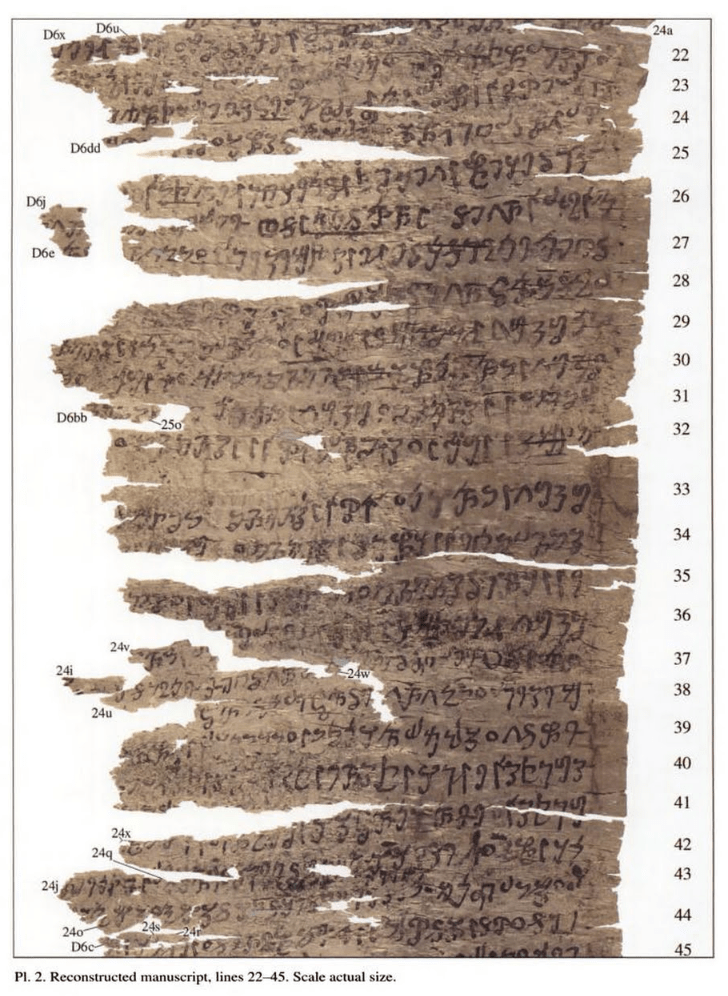
Here’s a manuscript in Pali, which is an oral dialect descended from Sanskrit that was spoken in some parts of India at the time the Buddha lived. Most of the verses were transcribed onto palm leaves or bark, so you can imagine the difficulty to decipher and translate them faithfully after they’ve disintegrated for a thousand years. Many similar versions of these writings have been found in Tibet, India, Sri Lanka, China, and the former Gandhara Kingdom in Afghanistan and Pakistan. I’m working with the best English translations from Pali, Tibetan, and Chinese. The translations are literal, precise, academic, and some cannot be easily understood. I’m trying to infuse the Buddha’s real meaning in simple vernacular English that’s easily accessible to modern Westerners. A fun challenge.

This is #2, a proposed format for the Weekly Planner.
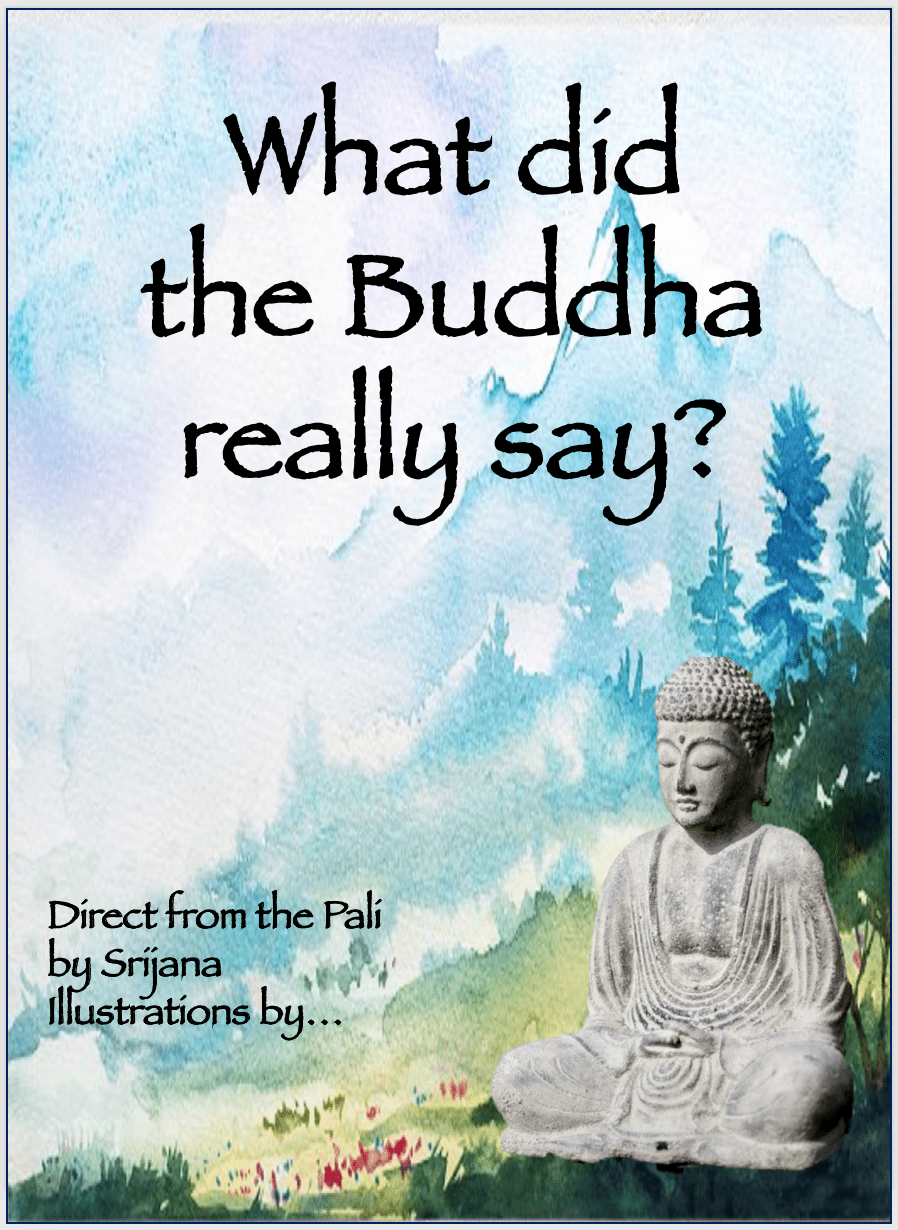
This is idea #2, a children’s book.
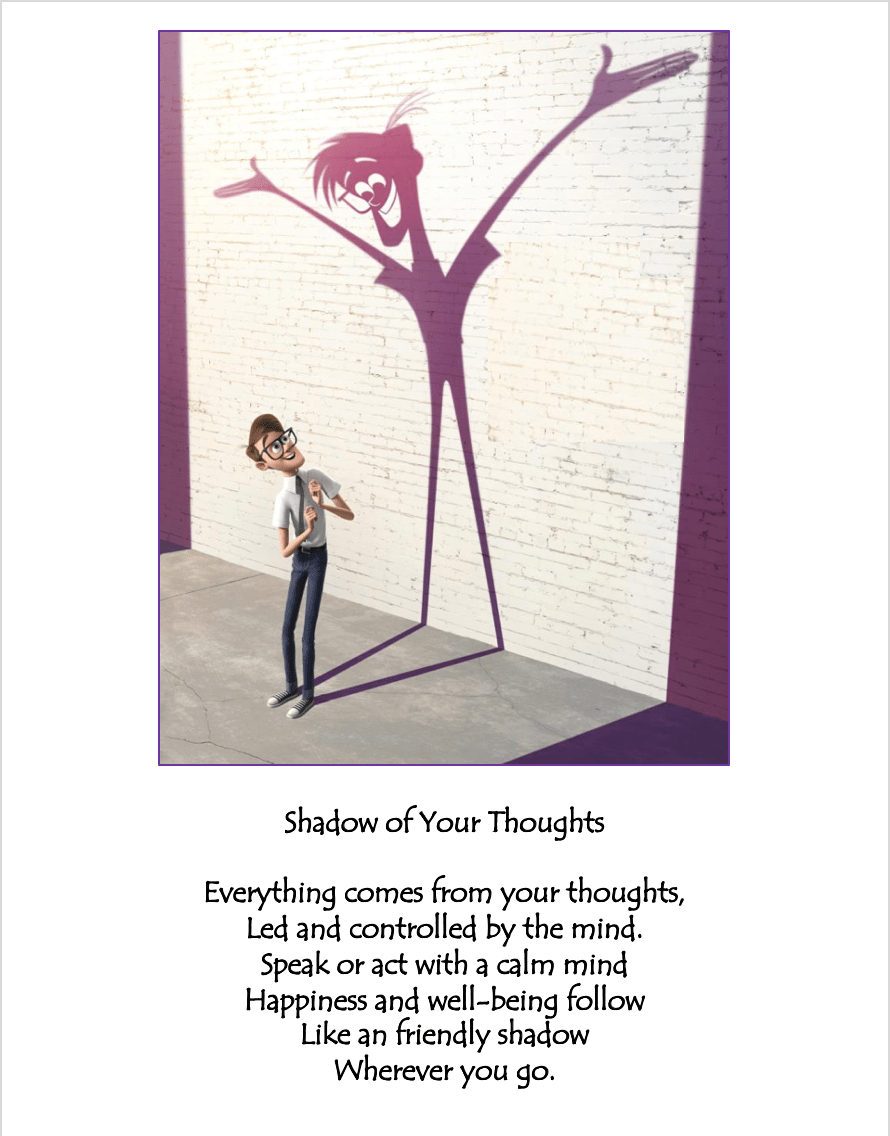
This is a possible page for the children’s book. We’ll have to find an illustrator.

This is idea #3, a Weekly Planner of sayings “In the Buddha’s Own Words”.
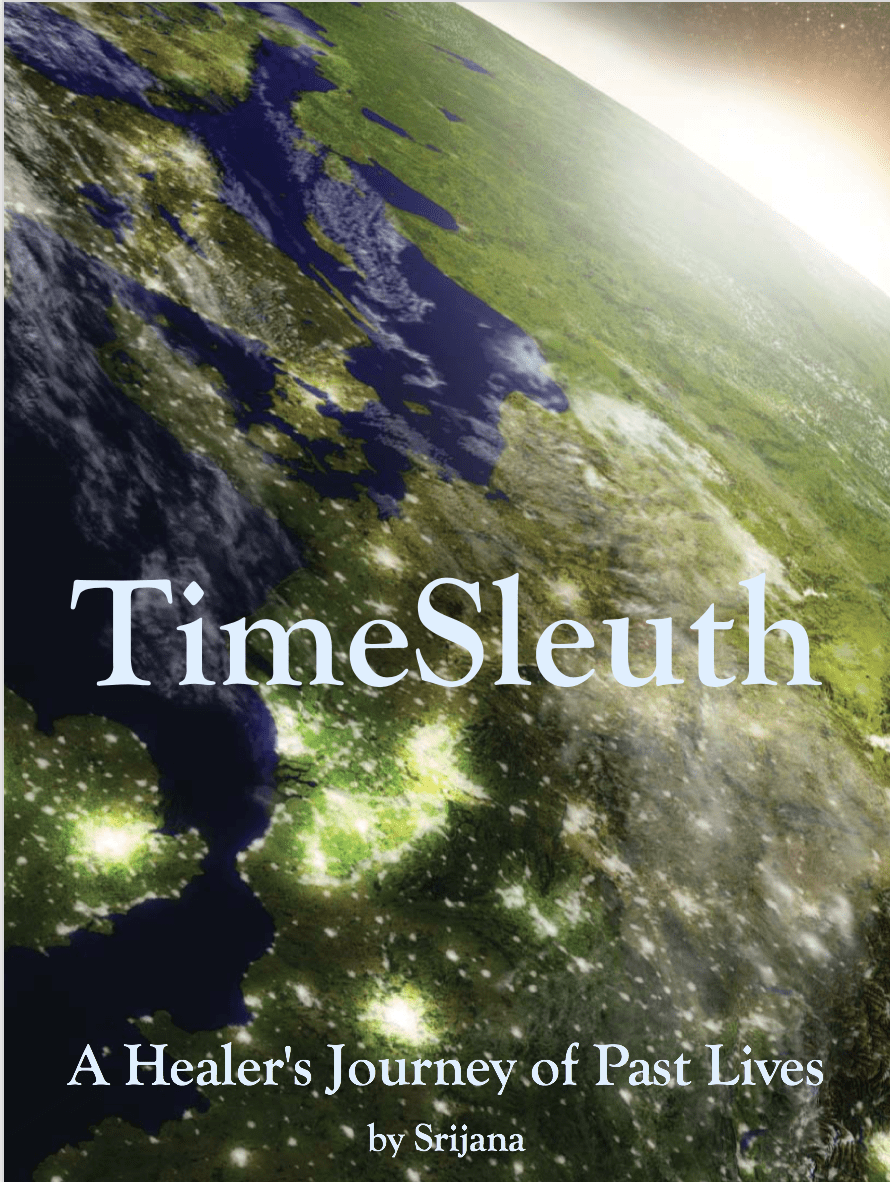
Idea #4 is my book TimeSleuth. It’s been coming for almost three years, a transcription of my self-healing sessions in which I cleared trauma from past lives. In this book I describe 54 different lives, and how the trauma was cleared. I scribbled messy notes during the sessions, and then spoke them into Google Chrome speech-to-text software with an external mike to create the book. Now it’s finally finished.
This book has been a surprising revelation for me. During the time period of these healings, my inner life has transformed, followed by a major shift in my outer life. I feel more freedom, rootedness, belonging, confidence, and even fearlessness after this series of clearings. I hope it might be useful for other people to read about how we carry past life trauma around with us in subtle ways, and to know that it can be cleared with energy medicine. I strongly believe I can find a good publisher that will be excited about this book. Here’s the first line:
“Some say life begins at birth. Others say it begins at conception. I say life is the journey of uncountable threads of destiny and dreams beyond time, converging through each one of us in the present moment. In truth, life has no beginning and no end, only chapters.” Srijana
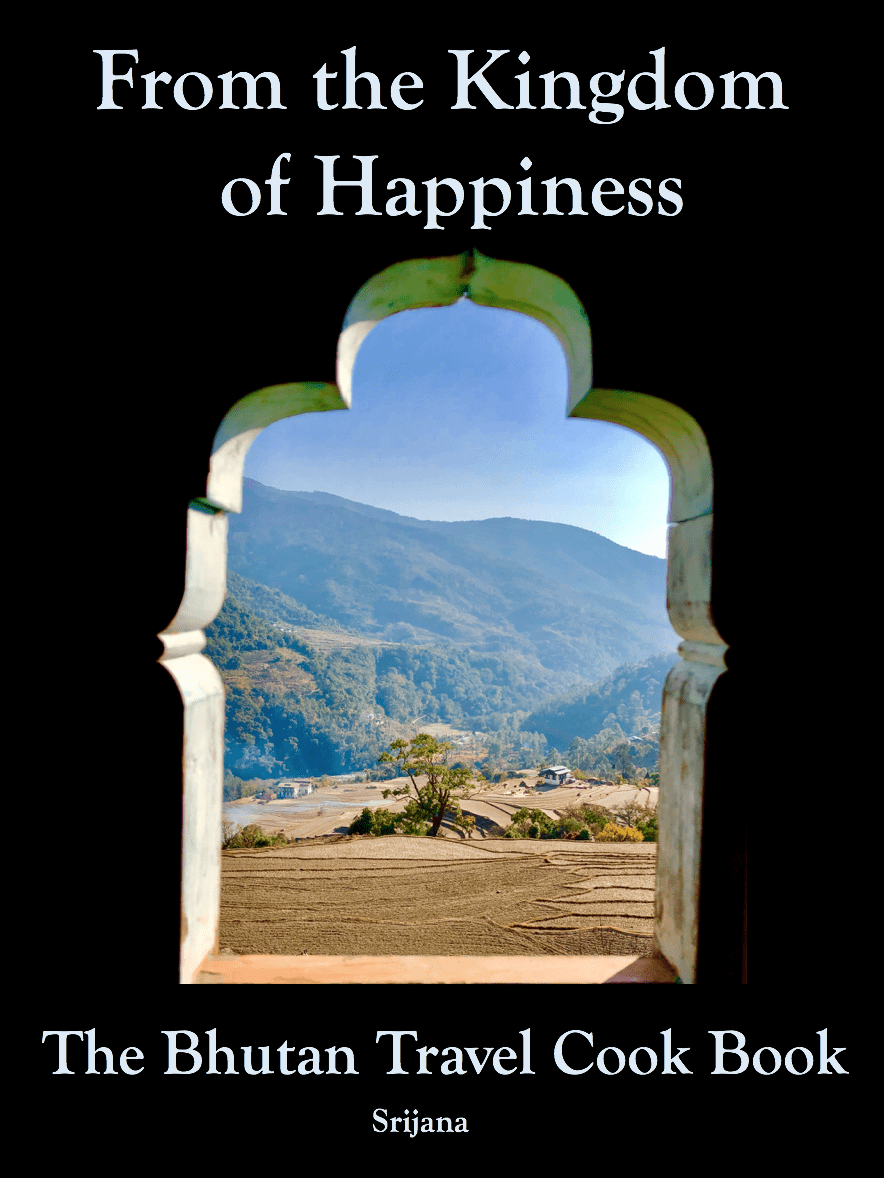
Project #5. It’s so tempting for me to do a Bhutan Travel Cookbook. I know it will be a lot of work, but I’ve already written many of the articles, and my family in Bhutan is willing to help test recipes. I’d like to do the photos myself. The proposal is almost finished. If it is accepted, I’ll look forward to writing my LAST and FINAL cookbook.
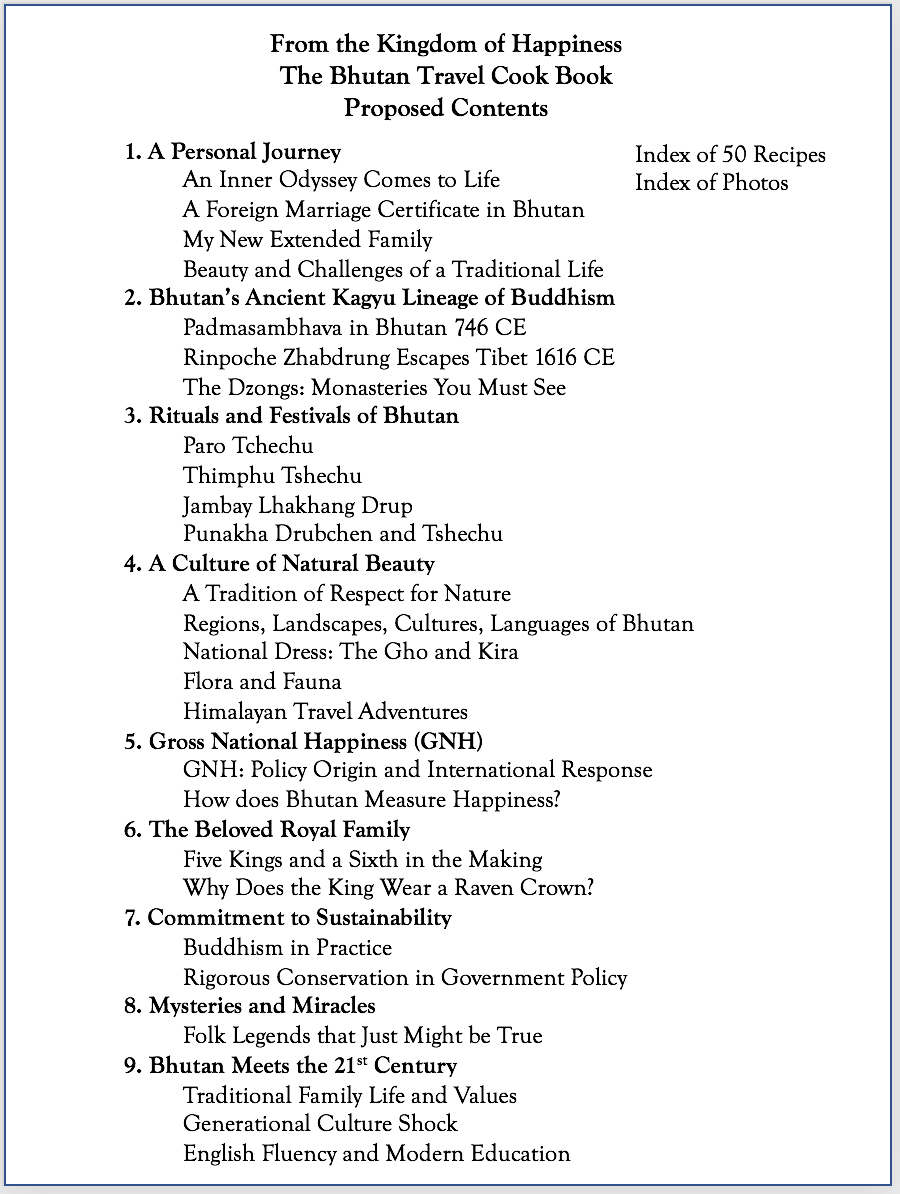
This is the proposed contents of the Bhutan Travel Cookbook. I envision a variety of articles, recipes, history, and photos. Some of this has already been written on my blog.
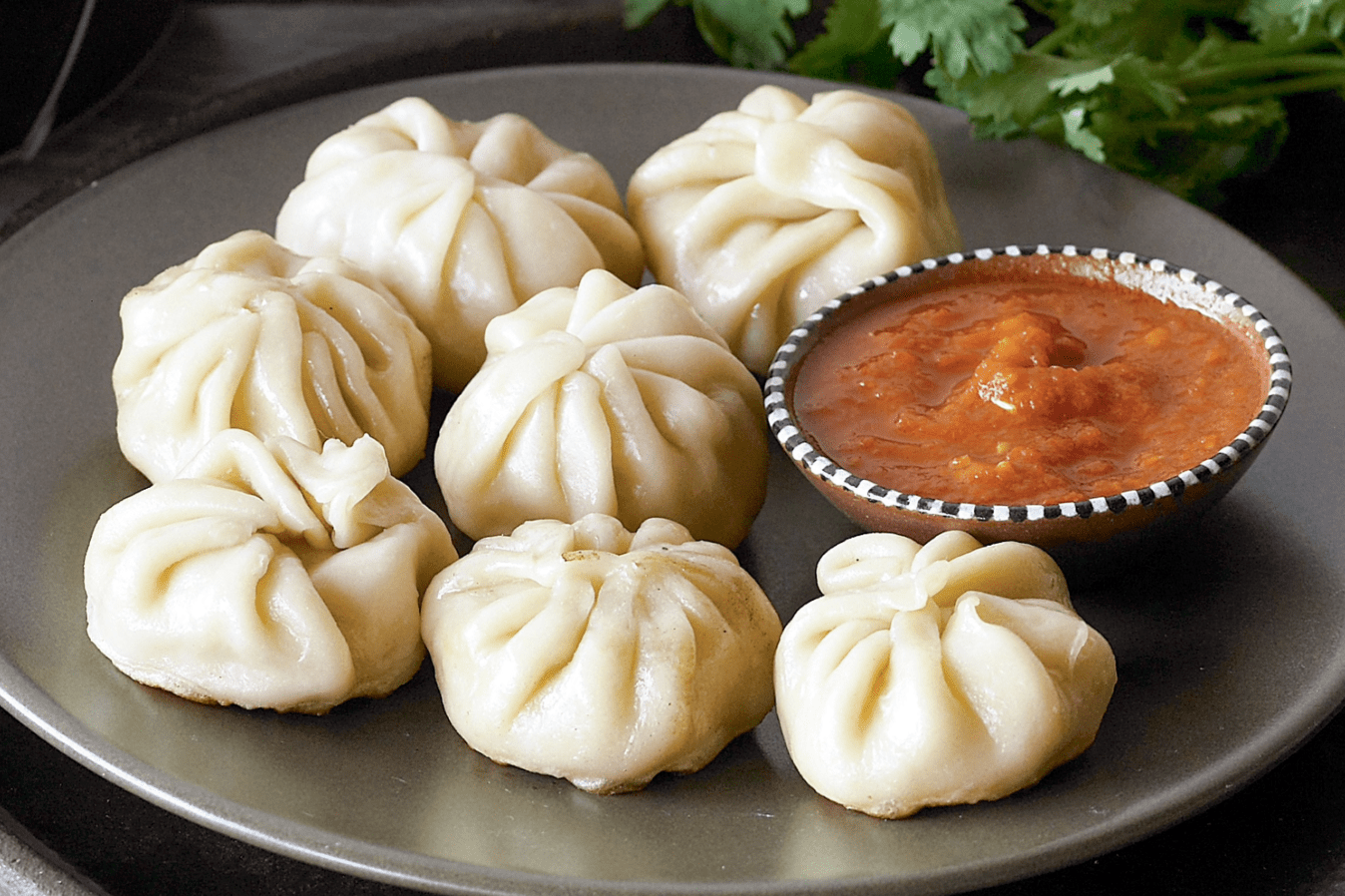
Vegetable Momos with Spicy Sauce is a favorite in Bhutan. I imagine recipes sprinkled here and there throughout the book. I will need the Lama’s sisters’ help with the recipes, so hopefully we’ll have lots of family dinners together, learning how to cook Bhutanese. Ha Ha!
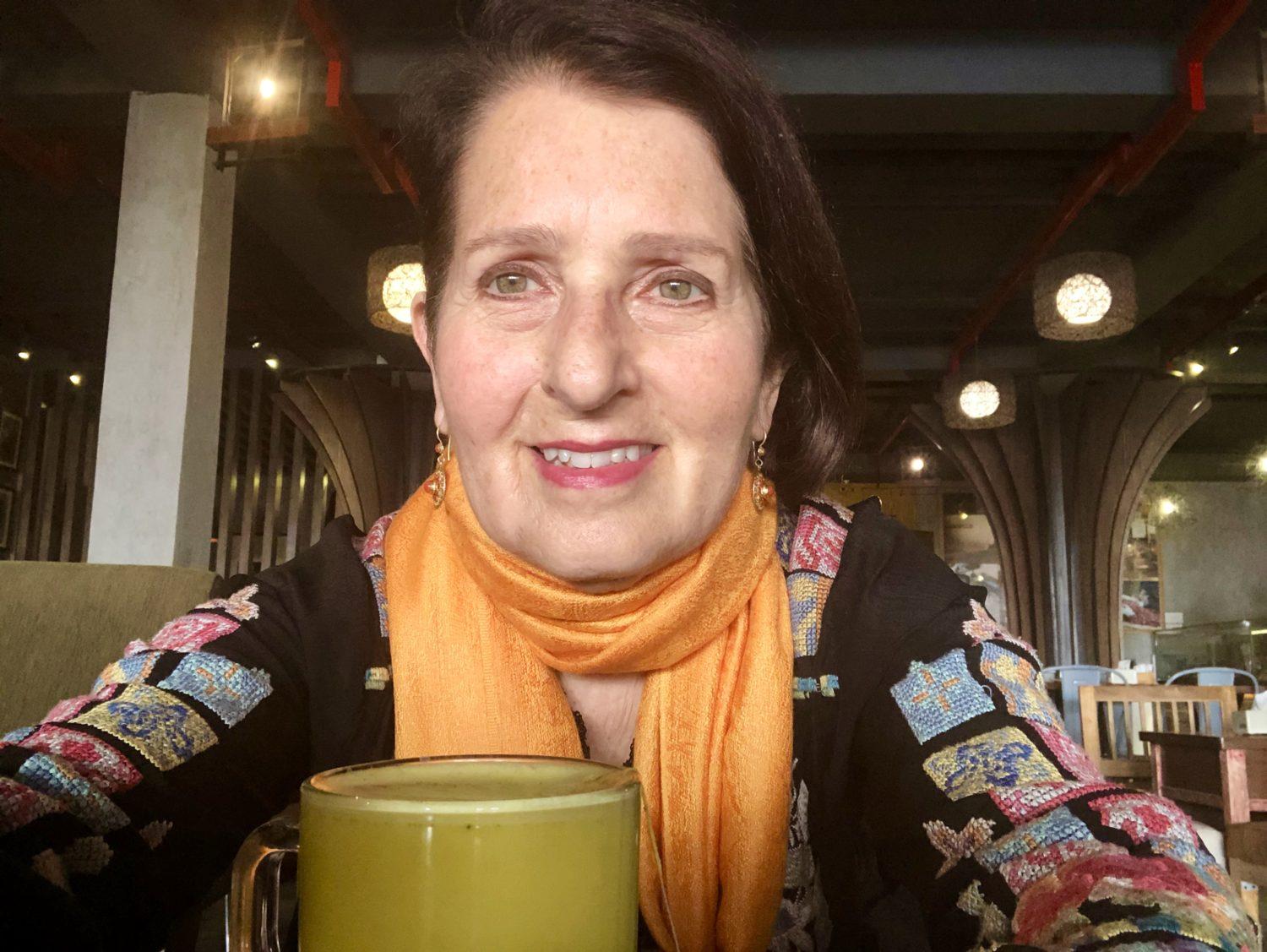
Today I dodged into Himalayan Java Cafe to escape the festival crowds and enjoy my daily fix of Golden Milk. Yummy! This one is made with milk, green tea, turmeric, and black pepper. Then I came home to work on the books.
Thanks for checking in! Next week will be more of same. Rain every afternoon in Kathmandu, working on these projects, and absorbing the dynamic Himalayan culture. See you soon!


